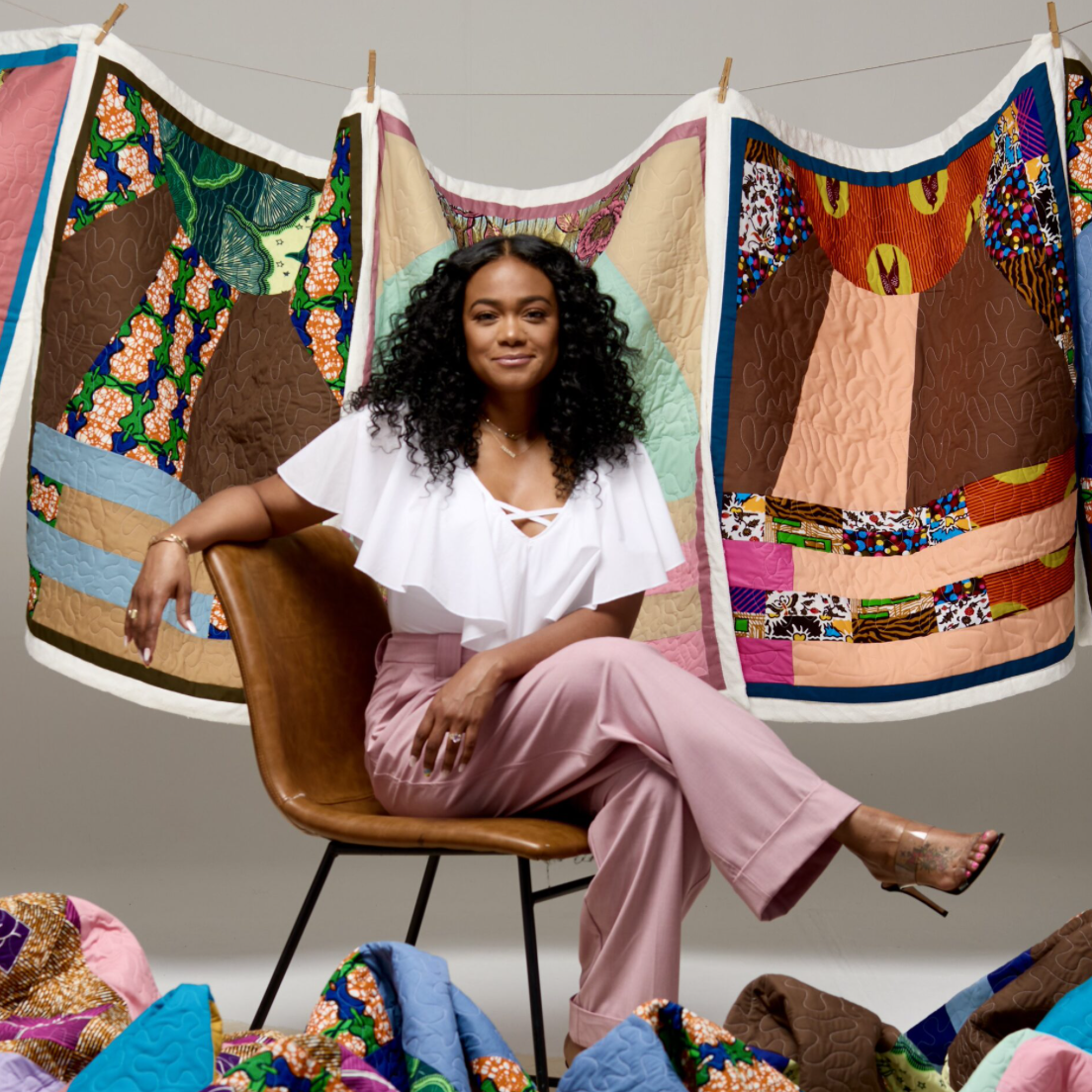In the United States, Black women are three to four times more likely to die of childbirth complications when compared to other racial groups. In an increasingly digitized world facing a crisis with a uniquely harrowing manifestation in recent history, solutions require some degree of innovation. Dr. Amanda Williams, obstetrician and Medical Director of maternal health organization Mahmee, is working alongside others to implement strategies that play on technology for the greater good. She took the Doula Expo stage on Saturday, May 22nd, to talk about how key stakeholders can leverage technology to improve maternal health outcomes for our most vulnerable populations and birthing people everywhere.
The Doula Expo is a site of nurturance, collaboration, and community, with attendees who come to the fight against maternal mortality from various backgrounds. Dr. Amanda Williams opened her talk with her unique position within the movement. In addition to being among the leaders of Mahmee, Williams is a maternal death reviewer for the state of California, which means she interfaces with preventable maternal death quite often. This experience, she says, came with the realization that brought many people to the first and only festival for birth workers—the answer to the United States’ maternal mortality crisis spans many spheres. It is not limited to biomedicine or the hospital setting alone. Williams is present, she says, because it is absolutely necessary that people see birthing people in their full experience and context.
Williams asserts that leveraging technology is a key step in getting there. As a member of the biggest perinatal quality collaborative in the country, Williams knows that bringing hospitals and other players together to address the issue of morbidity and mortality is not an independent venture. Additionally, she understands that with technology comes the numbers that tell the stories of Black birthing people, which drives policies and those enforcing them in the right direction.
Taking a closer look at the numbers accompanying technological innovations enables people to more effectively address the drivers of the United States’ maternal health crisis. In her talk, she honed in on the example of California, a state in which 1 in 8 people give birth in the United States. While the rate of pregnancy-related deaths from hypertensive disorders of pregnancy decreased between 2017 and 2019 along with the narrowing of racial-ethnic disparities, these statistics did not paint a full picture. Leveraging technology for quality improvement is about probing the right questions about the data. “Don’t just tell me what your c-section rate is,” said Williams. “Tell me what it is for people of color.” Despite improvements in maternal health, Black birthing people continue to die of pregnancy-related complications at higher rates than their white counterparts in California—much like the rest of the United States.
To Dr. Amanda Williams, the example of California calls on key players to distinguish between equality and equity in their efforts to improve the United States’ maternal health landscape. “With equity, we give people what they need in order to have better outcomes for everyone. What it takes to get there might be different for each patient. It drives me crazy when people talk about achieving health equity. This is not something to put on your checklist to get a gold star. This is what we want people to experience. Health equity is something for our patients to experience.” The inability or refusal to adopt a framework that centers equity is what leads to catch-all solutions with unbalanced results. California experienced a decrease in c-section and hemorrhaging rates, but this was not experienced the same by everyone.
Unfortunately, for Black Birthing people, education and income are not equalizers. “Even when you adjust for education and income, health outcome disparities are still disparate. Your education and your money are not going to save you.” For this reason, Dr. Amanda Williams works within the systems she is working tirelessly to dismantle—acknowledging harsh conditions to improve present realities, all while building new structures of support. At Mahmee, she works alongside others to arm patients so that they can have safe birthing experiences within systems that were not created to serve them.
Creating environments that are conducive to safety calls for collaboration—which means the brunt of the labor cannot fall entirely on doulas, who already experience high rates of burnout.
“Doulas have unfairly become the catch-all. The band aid. And people think, okay, we’re going to throw the doula benefit on it, and then everything is going to be good. And we know that that is not the case. I’m proud of our partnership with doulas in California, because we can’t just put all of societal problems on one group of people and expect them to make everything better. That’s what I really like about our model—that we have the whole team together, so that doulas can do their work, and other members of the team can do theirs. We’re not fighting and competing with the midwives and the hospitals. We’re wrapping around it.”
Mahmee’s model incorporates birth workers of all backgrounds—registered nurses, lactation consultants, doulas, mental health coaches, nutrition coaches, to name a few—in order to ‘hold’ birthing people during a time of great vulnerability. With technology, the team is able to offer the continuous support and care that is ultimately vital in heightening their safety.
Dr. Amanda Williams is confident about the importance and efficacy of Mahmee’s work, and yet, she understands that the ultimate solution is a structural one. “Society teaches us to dishonor certain voices, and that doesn’t change in the hospital setting. It is difficult work. A lot of doctors and nurses assume they treat everyone the same, but treating people the same results in the same outcomes.”







































